Hybrid rocket lifts off with modeFRONTIER
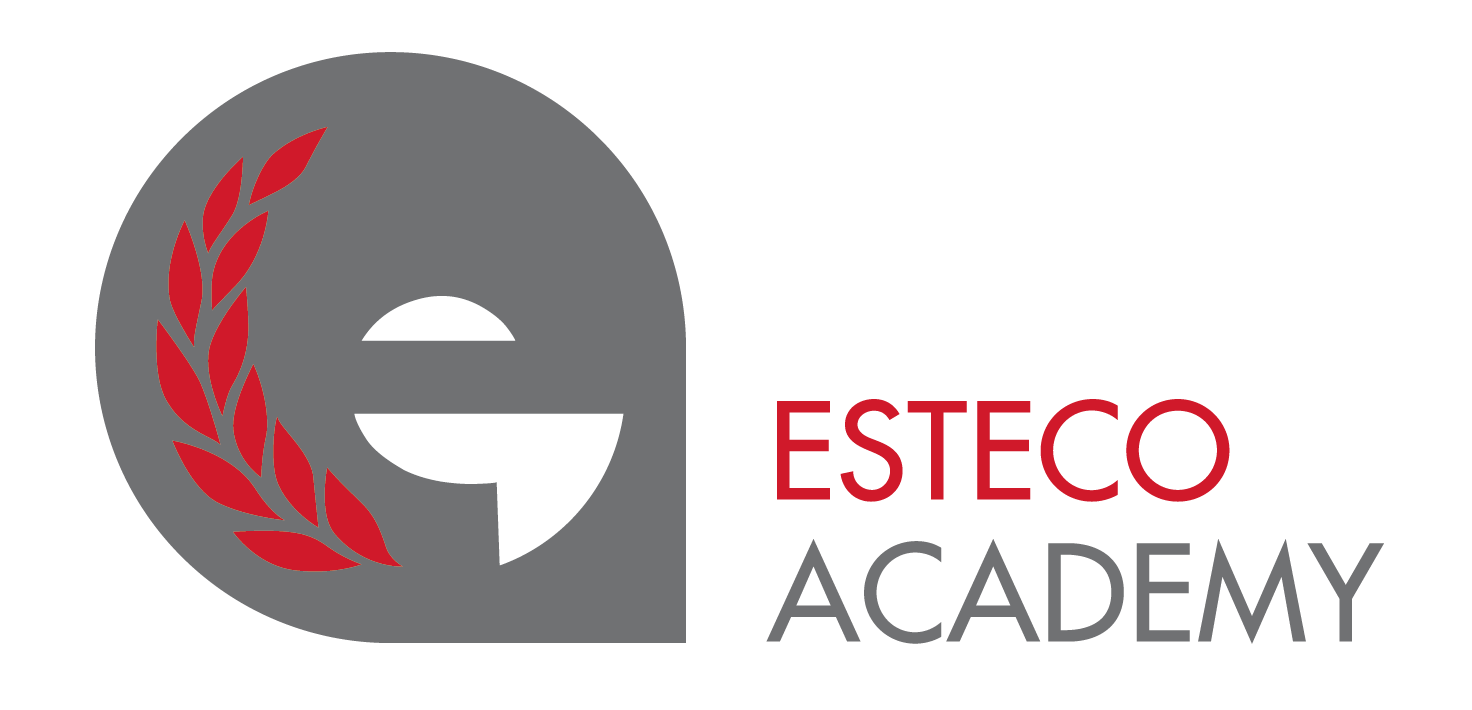
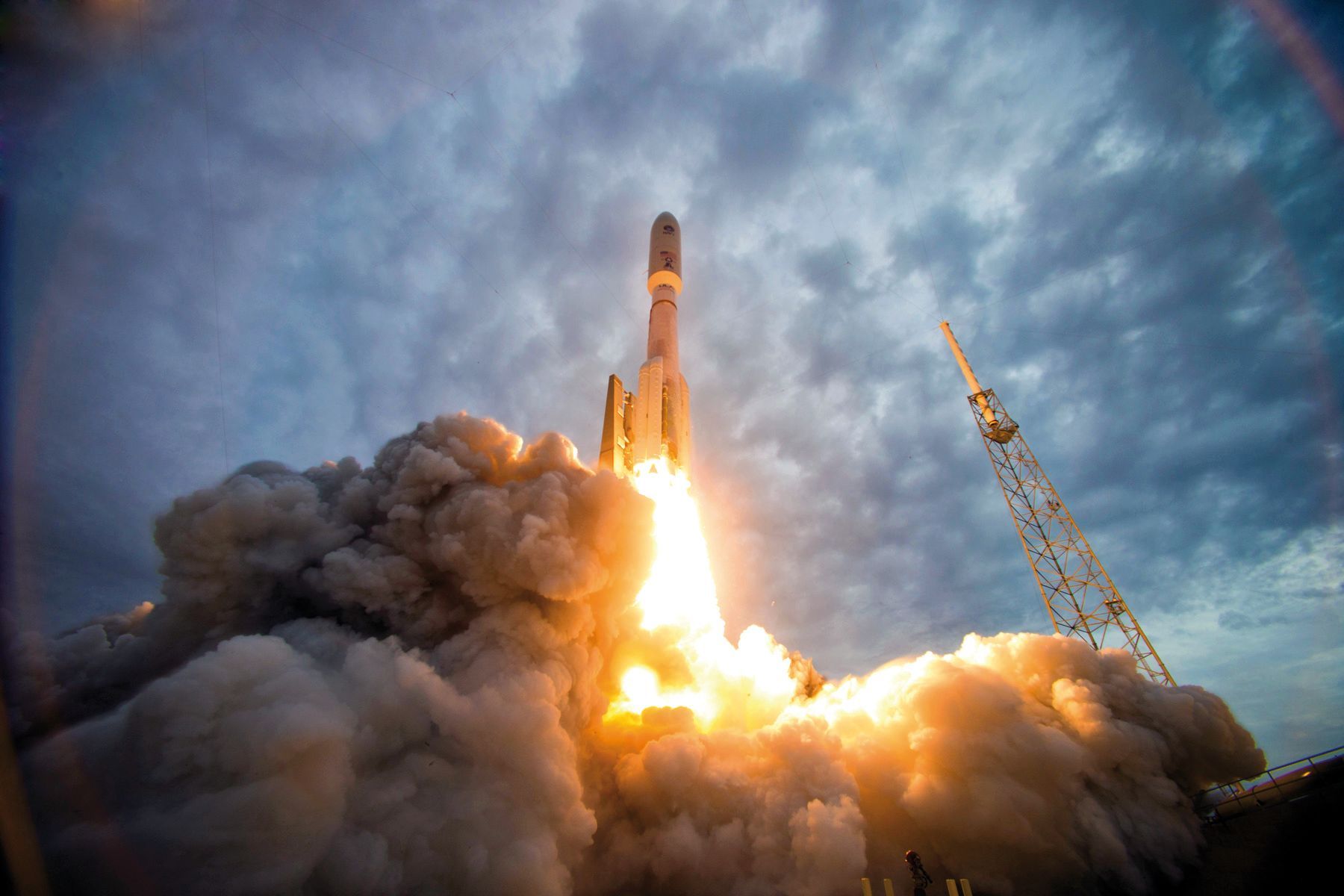
- Institution: Hybrid Propulsion Team at University of Brasilia
- ESTECO Software Solution: modeFRONTIER
-
Benefits:Streamline the design effort conducted for the hybrid propellant enginesSelect best design alternatives, resulting in lighter engines
modeFRONTIER helped the team meet multiple structural constraint and significantly reduce the rocket weight.
Since the early 2000s, the Hybrid Propulsion Team at the University of Brasilia has been a pioneer in the development and test of hybrid rocket engines and small sounding rockets. By following a system design approach based on the multidisciplinary optimization technique, the Team has developed a conceptual hybrid rocket motor, attaining a valuable technological option for the reentry maneuvering system of SARA, the reusable satellite designed by the Brazilian Institute of Aeronautics and Space.
"modeFRONTIER turned out to be an essential tool for the preliminary phase design of hybrid rocket."
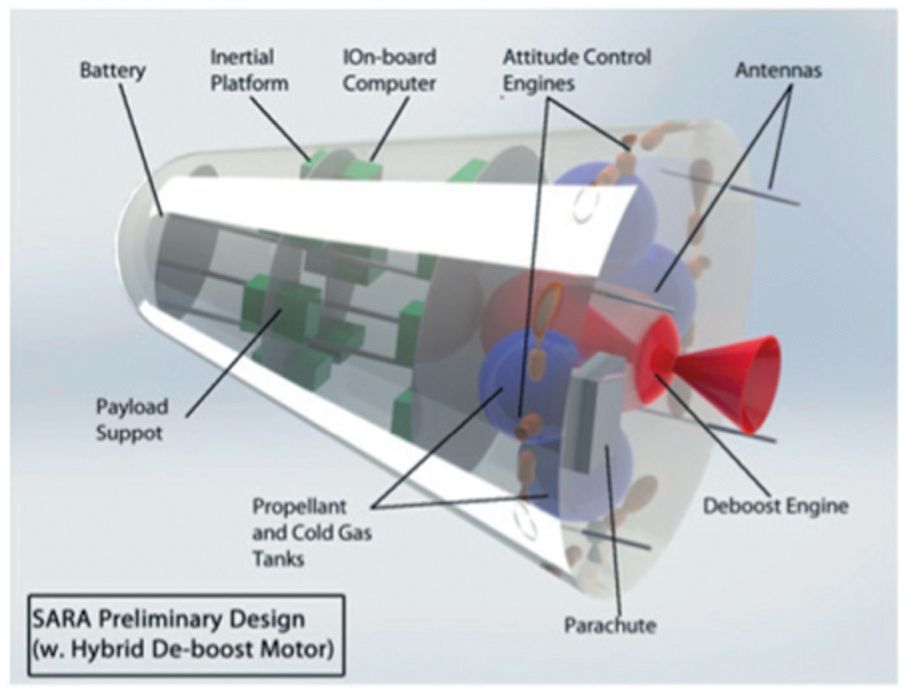
Challenge
Solid and liquid rocket propulsion systems are traditionally considered the most convenient technological solution for deboost motor systems. Owing to the improvements in solid fuel regression rates, hybrid propellant rocket engines represent a valid alternative. The team analyzed three different propulsion settings, combining the paraffin as solid fuel with cold gas fuel, thereby responding to the SARA reentry procedure requirements. The final design should meet both the geometric constraints, linked to total mass limitation and the performance indicators for the mission: deboost impulse should produce a deceleration ranging from 235 to 250 m/s and the motor burning.
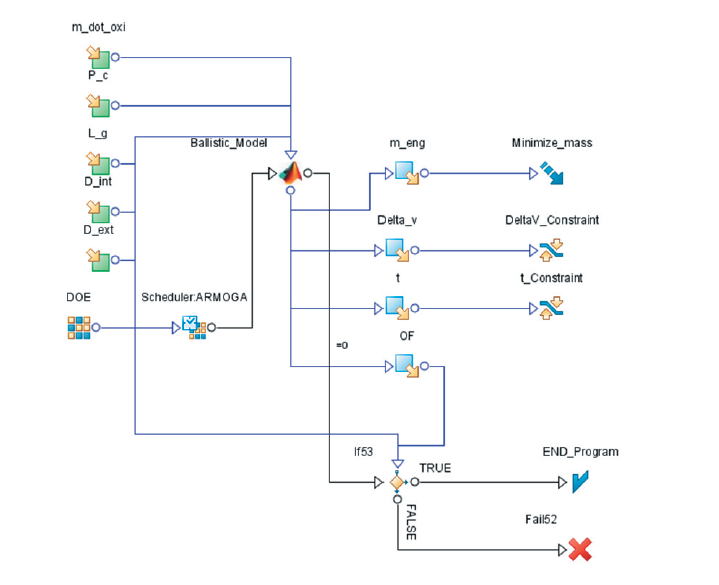
Solution
The Team took in account the key parameters impacting the performance of the hybrid engine: grain configuration, combustion efficiency, oxidizer tank pressure and nozzle configuration together with geometrical configuration. The two-step sensitivity analysis performed with modeFRONTIER - dedicated tools led to the selection of the variables showing significant dependencies with design constraints and objectives. These key elements were brought together to build a workflow capable of both preserving the simplicity of hybrid propulsion systems. This automatic framework drove the search for the geometric configuration, yielding to the higher mass reduction for each of the three configurations. “The routine piloted by the modeFRONTIER® workflow helped generate, evaluate and select design alternatives along the optimization process, resulting in lighter engines than the liquid and solid motors previously studied.” said Manuel Nascimento Dias Barcelos, head of the Hybrid Propulsion Team.
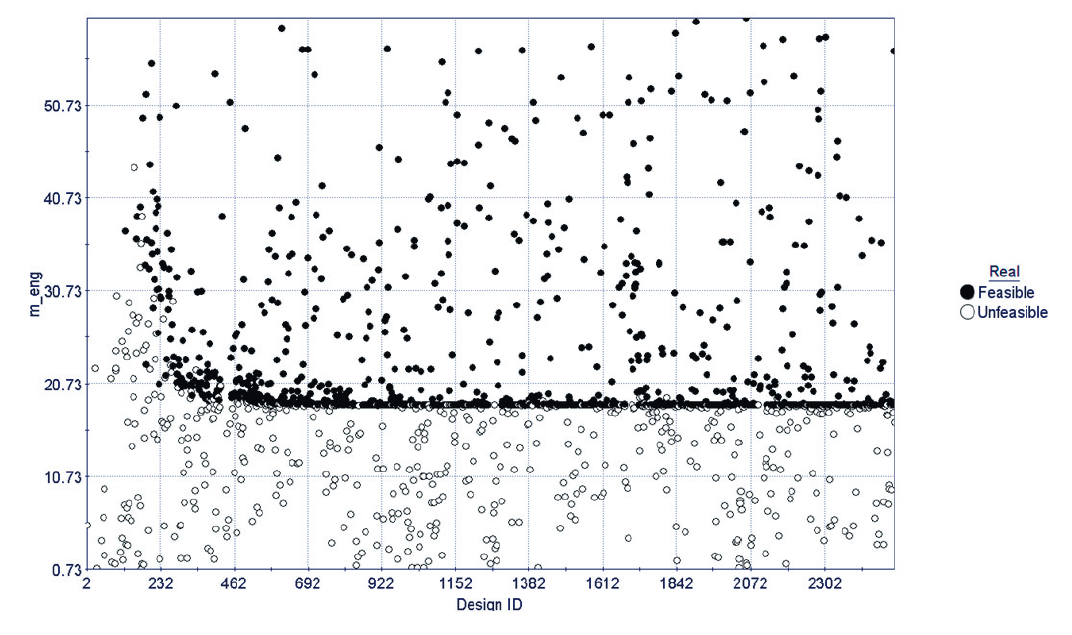
Benefits
modeFRONTIER streamlined the design effort conducted for the hybrid propellant engines based on liquefying fuel (solid paraffin) and two different gas fuels: H2O2 and self-pressurizing N2O. The estimated mass of the reentry system for the cases addressed in the study varied from 22 to 29 kg, lower than either liquid bipropellant or solid engines formerly proposed. “The optimization process discussed in this work can be considered an essential tool for the preliminary phase design of hybrid rocket propulsive systems”, concluded Manuel Nascimento Dias Barcelos.

The Hybrid Propulsion Team of University of Brasilia (UnB) was pioneer in the study of hybrid rockets in Brazil. The research has started as early as 2000 with the development of a 800N Hybrid propulsion motor. Currently the team is working in several research lines like: bio rocket fuel, ceramic coated nozzles, autonomous aircraft, electric propulsion, trajectory prediction and optimization, aerodynamic simulation and multidisciplinary rocket design optimization.


